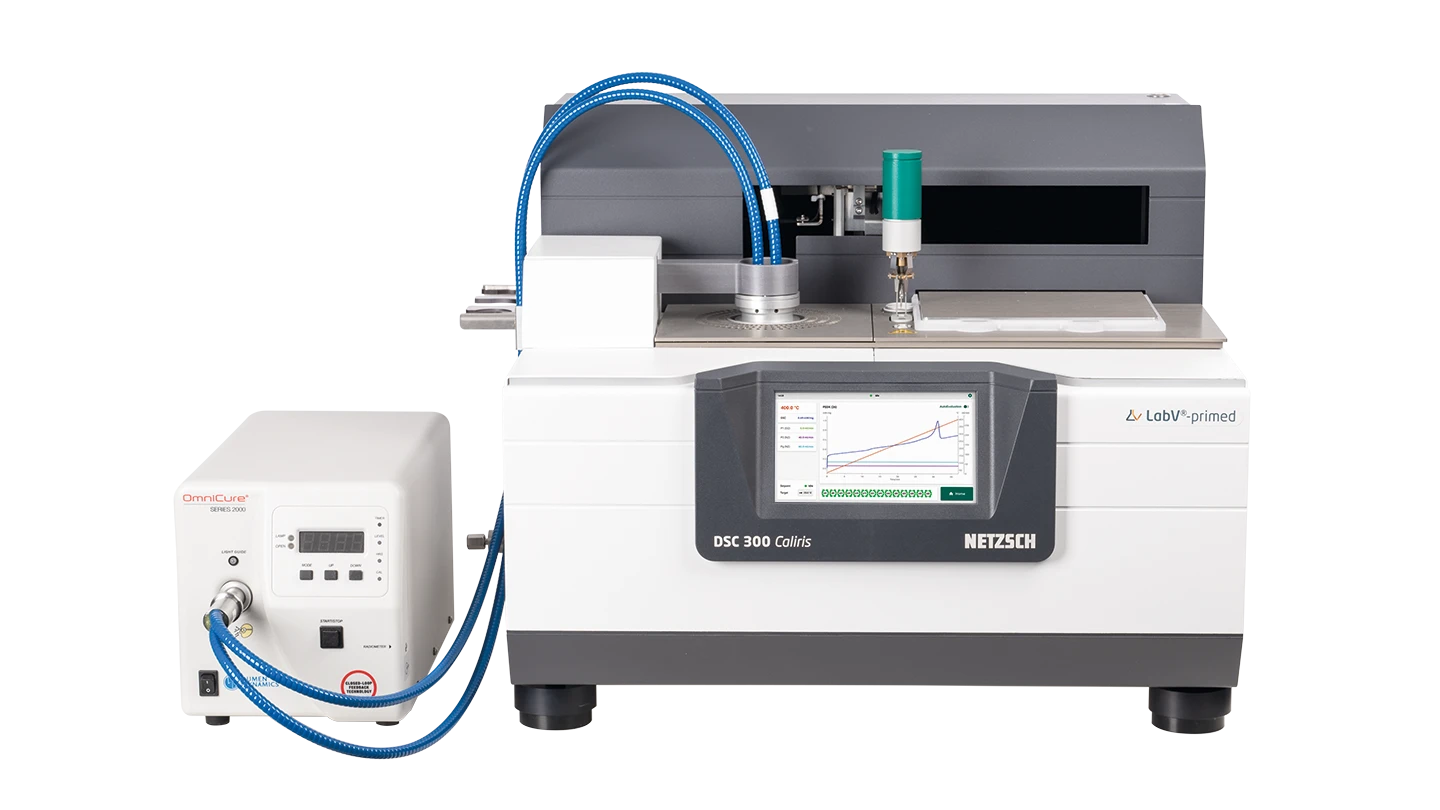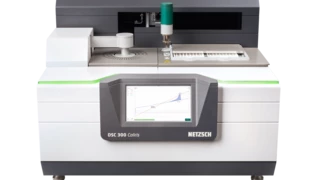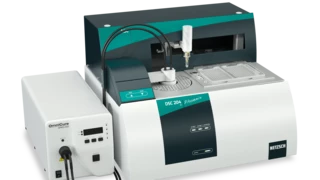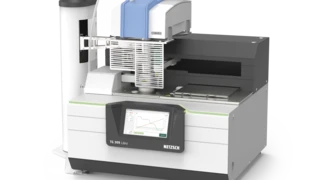
07.06.2023 by Aileen Sammler
Thermal Stability and Curing Behavior of Acrylate Photopolymers for Next Generation Additive Manufacturing
Additive manufacturing (AM) of plastics is one of the most promising technologies in the 21st century. Near-unlimited design freedom allows the technology to be utilized in a broad range of industry sectors, such as the medical field, consumer goods and the automotive industry.
In 2021, photopolymers or UV-light activated polymers ranked second behind polymer powders in AM materials sold worldwide, with a market share of 25.2%.[1] This market share can be explained by the utilization of these materials in AM technologies such as Material Jetting and Vat Photopolymerization, which demonstrate a high maturity and distribution within the private sector as well as industrial applications. (Source: Wiley Online Library)
In the Wiley Online Library publication, Polymer Engineering & Science the Technical University of Munich (Professorship of Laser-based Additive Manufacturing, Department of Mechanical Engineering) and experts from NETZSCH Analyzing & Testing analyzed next-generation additive manufacturing processes based on UV-Curing (Crosslinking Reactions)Literally translated, the term “crosslinking“ means “cross networking”. In the chemical context, it is used for reactions in which molecules are linked together by introducing covalent bonds and forming three-dimensional networks.curing acrylate photopolymers. This was with the aim to extend the barriers of functional part production by deploying rapid processing speeds, complex geometries with high resolutions, and an extended material spectrum.
Using two NETZSCH analysis instruments Photo-DSC 204 F1 Phoenix® and PERSEUS® TGA 209 F1 Libra® they concentrated on the experimental analysis of the thermal Decomposition reactionA decomposition reaction is a thermally induced reaction of a chemical compound forming solid and/or gaseous products. decomposition behavior with subsequent calorimetric analysis of the Curing (Crosslinking Reactions)Literally translated, the term “crosslinking“ means “cross networking”. In the chemical context, it is used for reactions in which molecules are linked together by introducing covalent bonds and forming three-dimensional networks.curing behavior of different acrylate systems.
In this context, the following key aspects were investigated:
- The influence of increased IsothermalTests at controlled and constant temperature are called isothermal.isothermal temperatures during UV-Curing (Crosslinking Reactions)Literally translated, the term “crosslinking“ means “cross networking”. In the chemical context, it is used for reactions in which molecules are linked together by introducing covalent bonds and forming three-dimensional networks.curing on the speed and extent of the reaction of the analyzed acrylate systems.
- The utilization of the UV-intensity as a tool for strategic variation of the Curing (Crosslinking Reactions)Literally translated, the term “crosslinking“ means “cross networking”. In the chemical context, it is used for reactions in which molecules are linked together by introducing covalent bonds and forming three-dimensional networks.curing speed and the Degree of CureThe degree of curing describes the conversion achieved during crosslinking reactions (curing). degree of cure of the analyzed acrylate systems.
Literature:
[1] Wohlers report – 3D printing and additive manufacturing global state of industry. Wohlers Associates. 2022.
Learn All About the Fascinating World of Additive Manufacturing!
At NETZSCH Analyzing & Testing, we have witnessed a surge in the number of customers from the Additive Manufacturing industry who are turning to our cutting-edge equipment to select the best materials and refine their processes. Learn from different case studies and see how you can transfer the insights gained for your application!
Register for our newsletter feed and learn about how to
- determine the window of PBF to optimize your printing process.
- get a deep understanding of the rheology needed to produce your own filament.
- dive into the effects of fillers in various AM processes.


